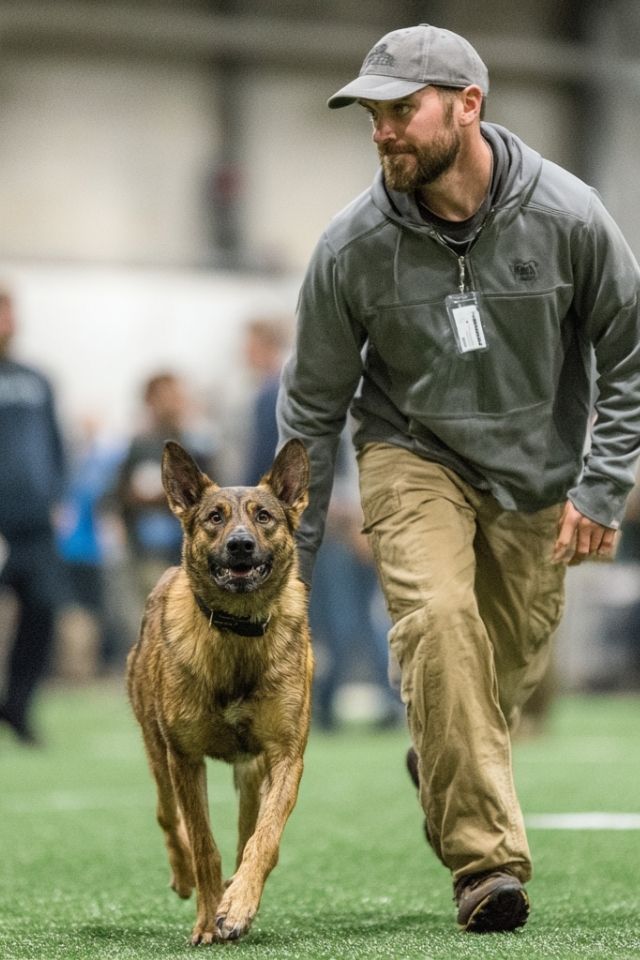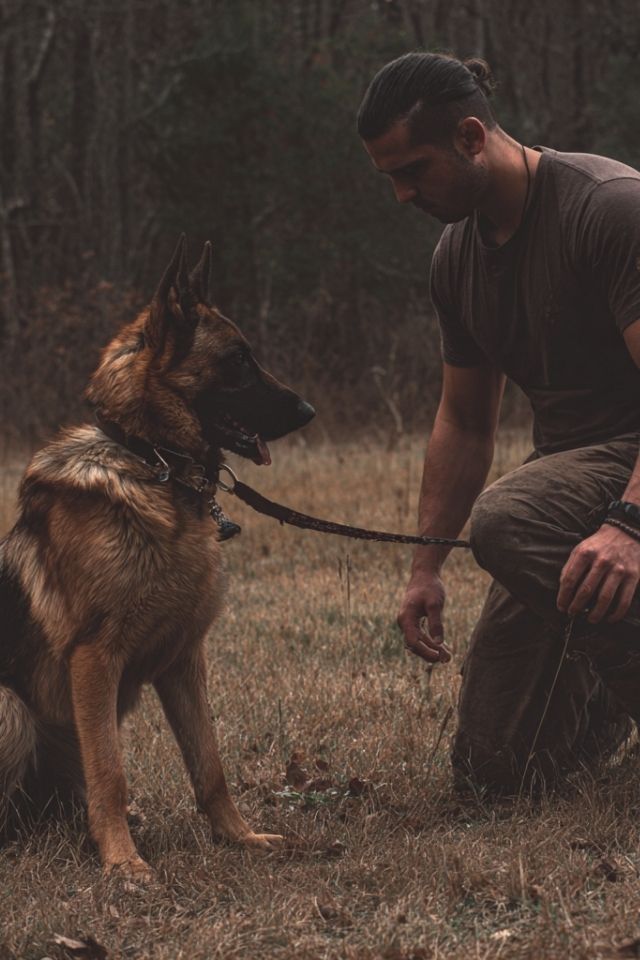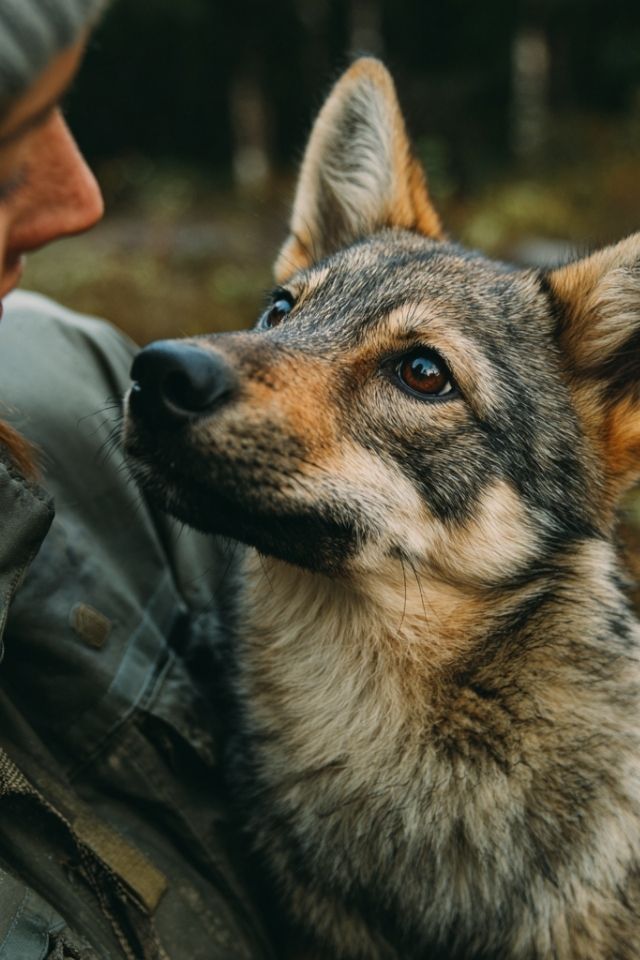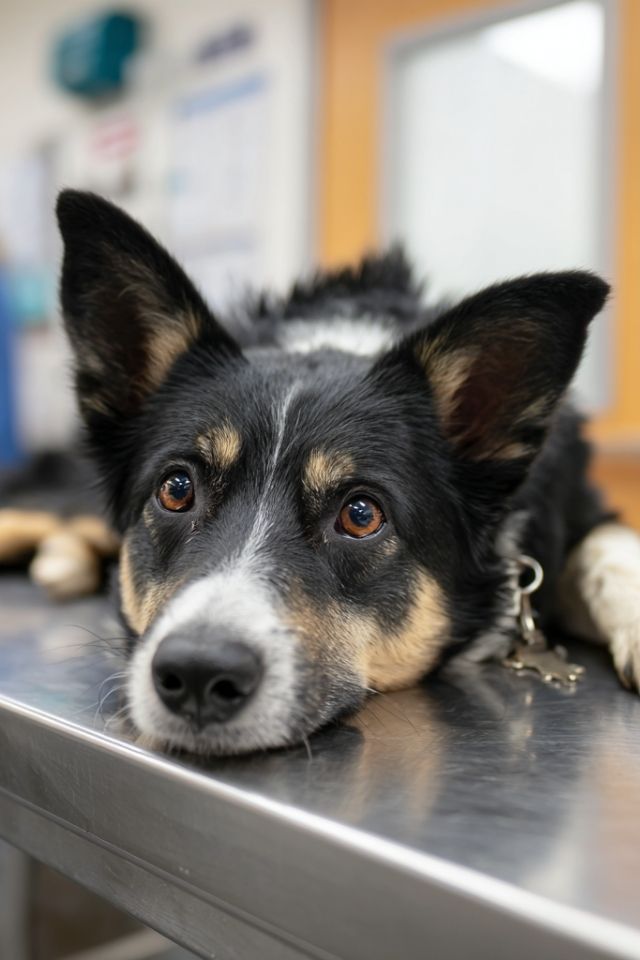Introduction: When Training Meets Reality
Your dog performs a flawless heel in the backyard, yet the moment you enter a busy farmer’s market, that same well-trained companion seems to forget everything. Sound familiar? You’re not alone, and more importantly, your dog isn’t being stubborn.
The breakdown of heel position in crowds reveals a fascinating interplay between cognitive processing, emotional regulation, and the limits of traditional training. Let us guide you through what’s actually happening in your dog’s overwhelmed brain and explore solutions that might transform your approach to real-world obedience.
The Cognitive Storm: What Happens in Your Dog’s Mind
Understanding Sensory Overload
When you enter a crowded space, your dog’s brain immediately begins processing an avalanche of information. Visual stimuli bombard their system – moving legs at eye level, swaying bags, fluttering clothing, other dogs, children darting unpredictably. Each visual element carries what researchers call “salience” – a measure of how attention-grabbing it is.
Research shows that brighter, more saturated visual elements naturally capture attention more effectively. In crowds, colorful shopping bags, reflective surfaces, and vibrant clothing all compete for your dog’s focus. Your heel cue suddenly becomes just one input among hundreds.
The three-dimensional processing challenge intensifies everything. Your dog must constantly calculate distances to moving obstacles while tracking your position. This creates what scientists call “attentional saturation” – the point where the brain simply cannot process all incoming information effectively.
Working Memory: The Invisible Bottleneck
Working memory functions like your dog’s mental clipboard, temporarily holding information needed for immediate tasks. During heel work, your dog uses it to track your position, remember the command, monitor their body position, and navigate obstacles.
In calm environments, this juggling act is manageable. But crowds introduce overwhelming “cognitive load.” When this exceeds working memory capacity, something has to give – usually the heel position you’ve worked so hard to train.
Your dog struggles with processing both local and global cues simultaneously. They must handle individual people nearby (local) and overall crowd flow (global) at once. Studies show dogs have difficulty with this dual processing, explaining why your normally attentive companion might suddenly veer toward an interesting smell – their overwhelmed brain simply dropped the “maintain heel” instruction.
Attention & Emotional Overload: The Breaking Point
The Competition for Focus
Your dog’s attention operates on a priority system, and survival-relevant information sits at the top – sudden movements, unfamiliar dogs, loud noises. These trigger “attentional capture,” an automatic focus shift that bypasses conscious control.
Handler cues rank lower in this natural hierarchy, especially when competing with potential threats. This isn’t training failure; it’s evolutionary programming. In crowds, every moving person represents potential danger or opportunity, triggering assessment circuits that override recently learned behaviors.
The Stress Response
When entering crowds, cortisol levels rise within minutes, impairing your dog’s ability to remember and execute trained behaviors. Following Yerkes-Dodson law, performance increases with arousal to a point, then rapidly declines. Many dogs quickly exceed optimal arousal, entering a state where heel maintenance becomes neurologically impossible.
Different dogs experience crowds through different emotional lenses:
- Fear-based responses appear in dogs who find crowds threatening, eventually hitting breaking points where flight overrides training
- Frustration builds in social dogs prevented from investigating their environment
- Overstimulation presents as hypervigilance and inability to settle, with racing minds that can’t maintain position
Personal space invasions occur constantly as strangers pass within comfort zones. Each invasion triggers micro-stress responses that cumulatively build tension. Your dog even picks up the crowd’s collective energy through mirror neurons, essentially “catching” human stress and excitement. 🧠
Training Revolution: From Commands to Connection
Traditional Heeling’s Hidden Limitations
Traditional heel training builds strong stimulus-response connections in controlled environments. The fundamental problem emerges during cognitive overload – the cue-response pathway, no matter how well-rehearsed, competes with numerous other neural pathways activated by environmental stimuli.
Context-dependency poses another challenge. Dogs trained traditionally struggle to generalize behaviors across different environments. The heel learned in your living room differs neurologically from the heel required in a crowded market.
The Invisible Leash Approach
This paradigm shift moves from command-based to relationship-based training. Rather than teaching positions, you develop attentional habits and emotional attunement. Your dog learns to maintain awareness of you regardless of conditions.
Relational synchrony operates below conscious thought, engaging primitive bonding circuits rather than command-processing areas. When your dog’s higher brain functions become overwhelmed, these deeper circuits continue functioning. You become your dog’s emotional anchor, providing stability that transcends specific commands.
The “NeuroBond” framework deliberately strengthens neural pathways supporting handler focus. By building on emotional rather than purely cognitive foundations, dogs maintain orientation even under extreme distraction. You’re literally rewiring your dog’s brain to prioritize handler awareness through:
- Focus exercises strengthening sustained attention
- Movement synchronization building body awareness
- Emotional regulation developing stress resilience
Individual Differences: One Size Never Fits All
Breed-Specific Challenges
Herding breeds face unique challenges as their genetics compel them to monitor and control movement. Every person becomes potential “livestock,” creating overwhelming demands.
Hunting breeds battle different demons – every flutter or sudden movement triggers chase instincts that override training.
Guardian breeds process crowds as threats, maintaining exhausting hypervigilance that depletes cognitive resources.
The Confidence Spectrum
Anxious dogs experience crowds as overwhelming threat matrices. Their amygdala hypersensitivity means every stimulus triggers threat assessment, flooding their system with stress hormones.
Confident dogs face frustration when prevented from exploring. They need engagement strategies rather than anxiety management.
Early experiences matter enormously. Puppies exposed to crowds during critical socialization (3-14 weeks) develop robust processing pathways. Dogs lacking early exposure must build new neural pathways while managing fear or excitement – a double challenge making heel training exponentially harder.
Practical Solutions: Your Action Plan
Building Success Gradually
Start with honest assessment of your dog’s current capacity. Can they maintain focus in mildly busy environments? Do stress signs appear immediately or after prolonged exposure?
Use systematic desensitization – begin with distant crowd observation, rewarding calm attention while people pass at comfortable distances. Gradually decrease distance while monitoring stress signals like panting, whining, or disconnection.
Implement the “three-zone system”: Rather than rigid heel position, teach close (dangerous/crowded), medium (normal), and loose (safe areas) zones. Transitions occur based on environmental needs rather than constant commands, reducing cognitive load.
Real-World Strategies
Time and route selection dramatically impact success. Start during off-peak hours on wide sidewalks with escape options. Avoid bottlenecks where density intensifies suddenly.
Use checkpoint heeling rather than continuous position. Establish specific heel zones (crosswalks, busy intersections) alternating with relaxation areas where your dog can decompress. This prevents cognitive exhaustion while maintaining safety.
Your emotional state directly impacts performance. Crowds that make you anxious transmit tension through the leash. Relaxed shoulders, steady breathing, and confident stride communicate safety when your dog’s processing fails.
Recovery and Welfare
Recognize overwhelm signs immediately:
- Physical: dilated pupils, excessive panting, trembling
- Behavioral: sudden aggression, shutdown, or panic
- Recovery: full body shakes and play-seeking indicate readiness to continue
Set your dog up for success by managing controllable variables. Exercise beforehand to reduce excess energy without fatigue. Choose comfortable weather conditions. End sessions positively, even if that means cutting them short.
Recovery time matters as much as training. Dogs need processing periods to consolidate learning and restore cognitive resources. Schedule rest between intensive crowd work – this isn’t laziness but strategic neuroscience. 🐾
The Bigger Picture: Redefining Success
What Really Matters?
Perfect competition-style heeling in crowds may be neurologically impossible for many dogs without significant stress. But functional proximity, responsive connection, and mutual awareness? These achievable goals serve real-world needs while respecting welfare.
Did you know that dogs trained with relational approaches show lower cortisol levels in challenging environments than those trained traditionally? This suggests how we train matters as much as what we train.
Individual Limitations Are Okay
Some dogs, due to temperament, history, or neurology, may never comfortably navigate dense crowds. Accepting these limitations and finding alternatives (different routes, timing, or management strategies) prioritizes welfare over arbitrary standards.
Success means finding what works for your unique dog in your specific situation. Every dog has limits, and respecting those limits shows wisdom, not weakness. Some dogs will never comfortably navigate Times Square at rush hour – and that’s perfectly fine.
Conclusion: Building the True Connection
The journey toward better crowd navigation teaches us about relationship, not just position. Through understanding your dog’s cognitive processes, emotional needs, and individual limitations, you build connection transcending specific behaviors.
The crowd may challenge the heel, but it doesn’t have to break your bond. Navigating these challenges together, with patience and understanding, strengthens the invisible leash that truly connects you. After all, the best heel position is one where both ends of the leash feel secure, confident, and connected – regardless of what chaos swirls around you. 🧡






